Bikeable, walkable communities are the foundation that developers are looking for when building apartments, such as the one planned for Park and Main. Companies looking for knowledge-based economy headquarters are more interested in vibrant urban cities than stale, suburban office parks and empty parking lot wastelands. GE left Connecticut for exactly this reason. Who is going to invest here when they see such cycles of dysfunction as what was boldly displayed during the first snow event of the 2019-2020 season?
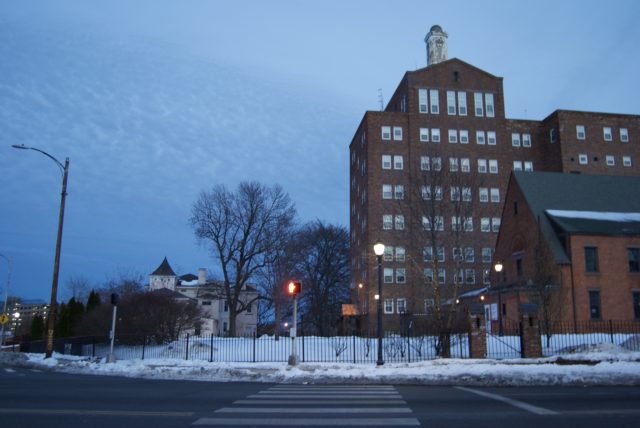
This is what we should be asking ourselves, rather than how we can guarantee that the largely single-occupant, car driving suburban workforce faces minimal hurdles commuting to and from their office.
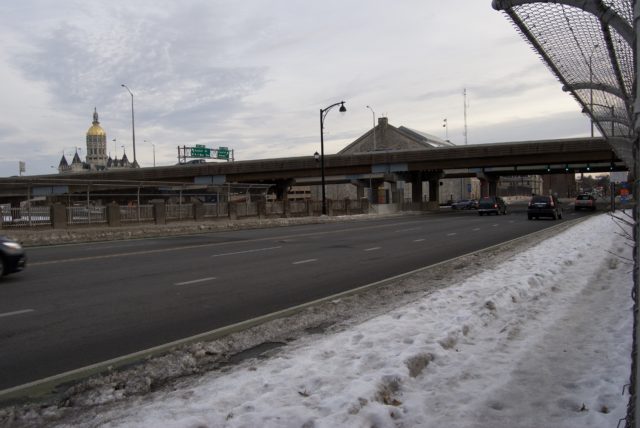
This fixation on Level of Service — moving cars quickly — has infected the City of Hartford’s Department of Development Services. There are consequences.
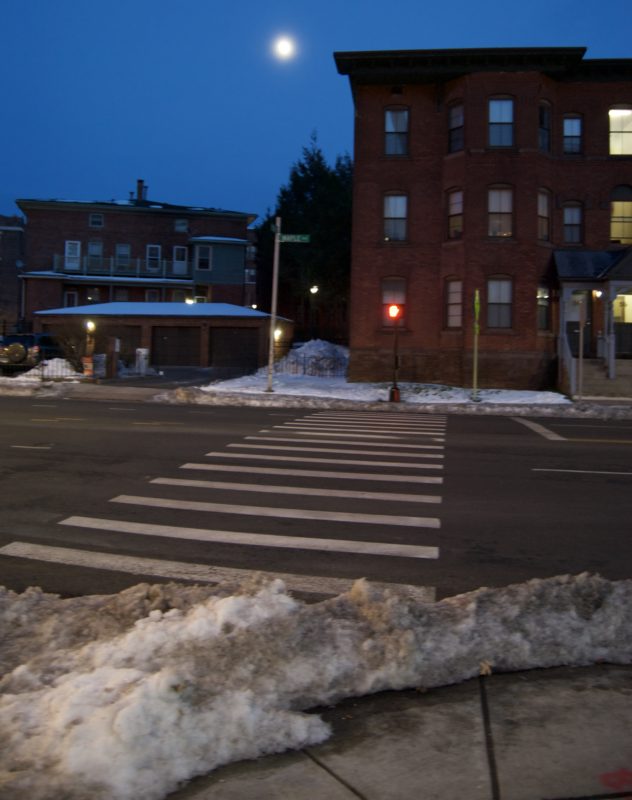
One of these is that our streets were plowed exceptionally well, despite Mayor Bronin’s lack of parking ban; meanwhile, at the 72 hours mark beyond the storm ending, hundreds of sidewalks, curb ramps, bus stops, and bike lanes remained impassable.
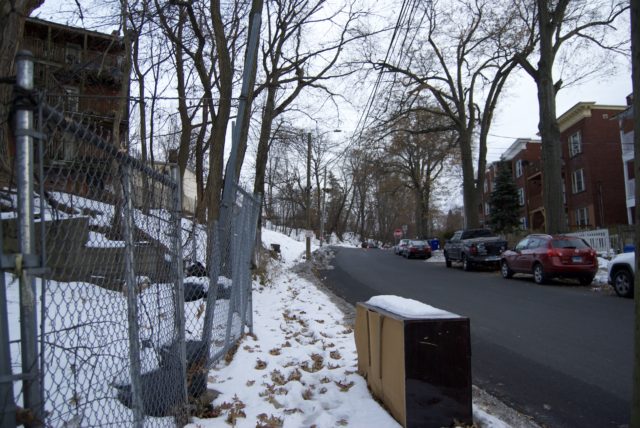
This is what it looks like when cars are prioritized over people.
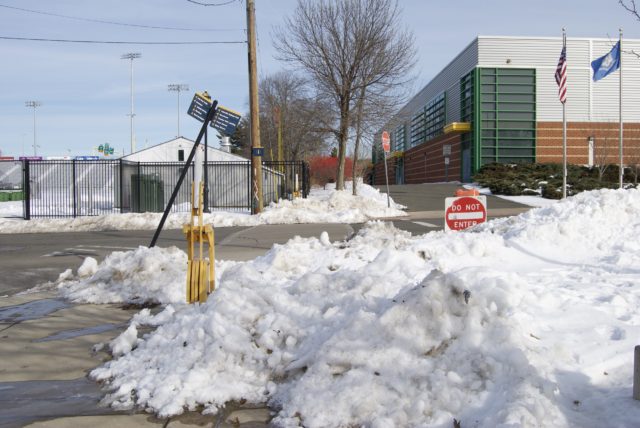
Another consequence is longer term.
![]()
![]()
![]()
![]()
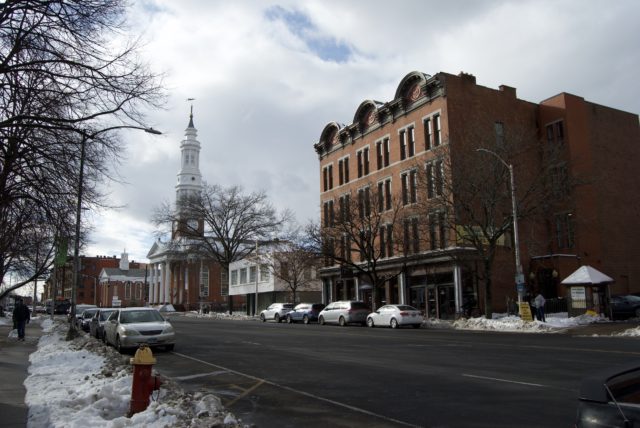
Community activists fought to have bike lanes on Main Street included as part of the adopted Bike Plan. At a South Green Neighborhood Meeting, residents were informed by the Bicycle and Pedestrian Coordinator for the City of Hartford that this would not be happening during the planned (and funded) 2020 repaving project. Initially the City had studied a paving project that included low cost pedestrian safety and bike lane improvements.
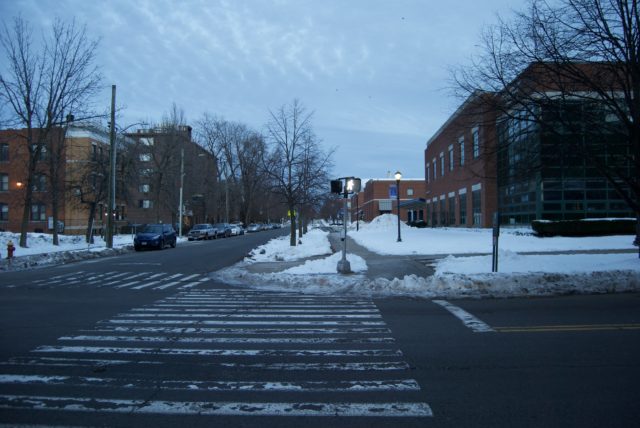
What is the reason to blame for this sudden change of direction? Level of service. The possibility of increased congestion was blamed for why bike lanes would not be striped when Main Street is re-paved. The City of Hartford claims it needs to fix the timing of traffic lights along this corridor. This is something other places have figured out ages ago and this desire to have coordinated lights has been discussed in Hartford for a decade, maybe two. Why hasn’t that work been completed yet?
That Bike Plan, by the way, was also decades in the making, between idea generation and multiple revisions. Had it been adopted ten years prior, maybe we would be having a different conversation. We could be in a position where people’s basic right to safety is given more attention than people’s preference for driving quickly and without interruption.
Even so, the Bike Plan was built into the 2014 Capital City Parks Guide and the Complete Streets chapter of the 2016 zoning rewrite. What is the disconnect between written and approved plans, and implementation of them? Often, it’s Hartford’s Department of Public Works.
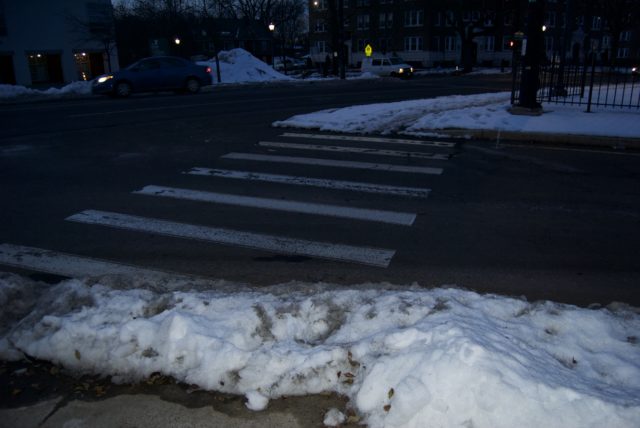
I am embarrassed that Hartford will not install a safety and quality of life feature that is standard in other mid-sized cities. Postponing a bike lane on Main Street because the repaving and light timing project are not aligned most assuredly means we will not have a bike lane there for at least another 10-15 years because Hartford can not afford to retrofit already paved and striped streets. I am embarrassed that the City of Hartford is decades behind on having controllable light timing on its most used roadways.
I am embarrassed that we are ranking single occupancy car driver level of service above keeping residents alive, particularly when Hartford’s Main Street can barely be considered congested for more than an hour per day, split between the morning and afternoon commutes.
Who is Hartford for? Is it for suburban workers who insist on driving, usually alone, to work? Because that is who is being catered to with such shortsighted decisions.
I take no joy in feeling embarrassed of and for Hartford right now. Despite our financial shortcomings, we have the power to change these situations. It takes political will.
Elected leaders have already been asked to step up to the plate. It is time that they hold the Department of Public Works, as well as the Connecticut DOT, responsible for updating Main Street — a regionally important route — with bike lanes and coordinated traffic lights. It is time that they enforce existing ordinances when it comes to clearing snow from pedestrian and bicycle infrastructure, or, figure out a system that works better so that residents are not risking injuries, or worse, when trying to buy bread from the corner store or catch the bus to work.
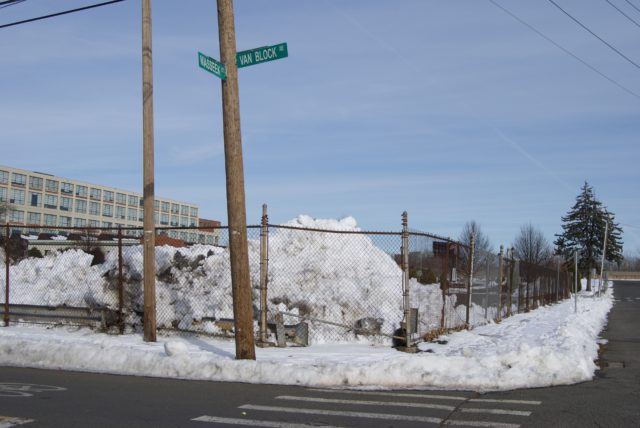
If you’ve struggled to climb over snow mounds just to cross a street, wondered why we can’t have a simple designated bicycle lane through downtown’s Main Street, or been delayed because your bus got stuck at all the lights, tell your elected officials and government employees this is not acceptable:
Note: All the photos used in this post were taken on Sunday, December 8, 2019 — except for the one showing an almost empty Main Street; that was taken on the morning of Thursday, December 5, 2019. The most recent snow storm ended on Tuesday, December 3, 2019.
Locations of photos, in order from top to bottom:
- Hartford’s Sport and Medical Sciences Academy, 280 Huyshope
- 200 Retreat Avenue at Retreat and Washington
- Broad Street, bridge over I-84, between Capitol Avenue and Farmington Avenue
- 54 Maple Avenue
- 462 Summit Street
- Sport and Medical Sciences Academy, 280 Huyshope
- Main Street, between Capitol and Buckingham
- Learning Corridor, Broad and Vernon
- Retreat and Washington
- Maseek and Van Block
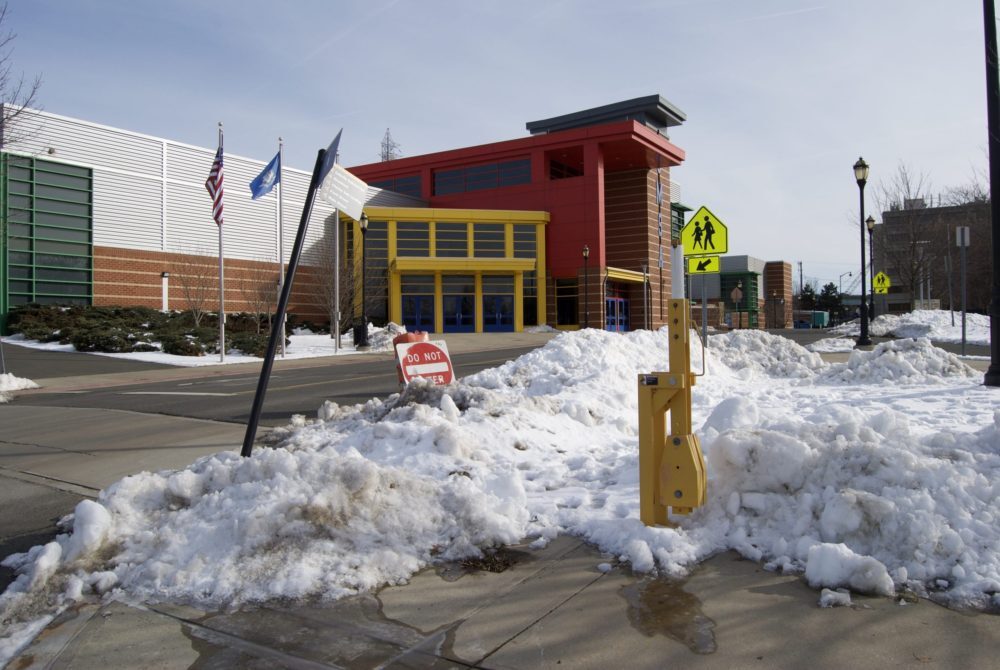
Suzann Beckett
Thank you for shining the light. It’s hard to understand the disconnect between what a City needs for its residents to thrive … and the basic services provided. Baffling as to why we don’t have real bike lanes and coordinated lights (which we did have 20 years ago, so I say we’ve actually gone backwards). I would disagree that the streets were well plowed though – yes, the main streets were well plowed for the suburban workers, but the plows never came back during the day to clean up the rest of the City where cars were parked during the storm. Seems like that could have been done in 24 hours…but it’s 5 days later and the only way they’ll be cleaned up is, apparently, by higher temps / melting.